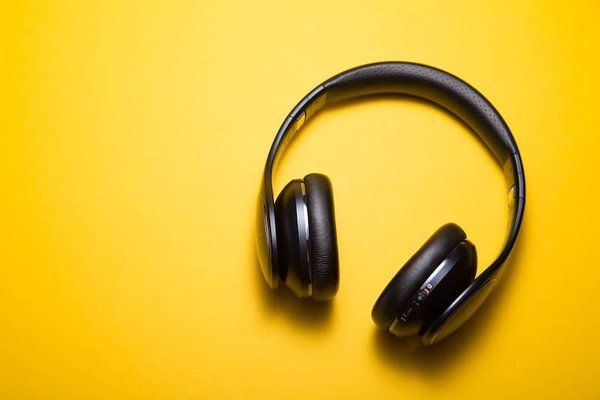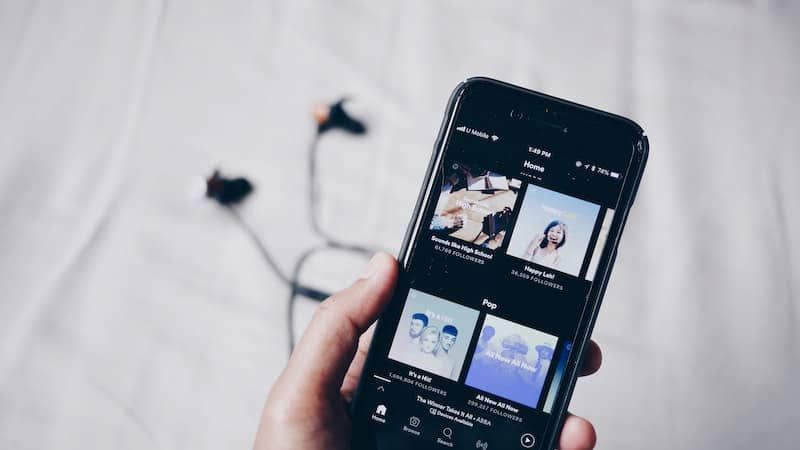Brief History of Music Analytics
Historically, data hasn’t been a significant resource for music industry professionals, many of whom have relied on gut instinct, experience, and, well, taste. The difference today is the sheer amount of artists and music instantly available worldwide through DSPs (Digital Service Providers or Digital Streaming Platforms, depending who you ask). To rely on only old methods in a new world may work, but combining them is the best way forward.
It’s arguable where the “history” starts, but the launchpad in the United States was the release of SoundScan by media research giant Nielsen in 1991. The automated, data-driven weekly reporting that came in from US stores across the country changed the game for many industry players in what is today the No. 1 recorded music market globally in 2019 (IFPI). To this day, SoundScan is part of what feeds the Billboard charts we see all of our most popular artists on.
Graduating from a system where media brand Billboard would literally phone call record stores across the United States, SoundScan was a huge step forward into the future of analytics. In 2000, California-based tech company BigChampagne caused a big hoopla in the music industry when it started reporting the songs that were being downloaded and shared the most on Napster, the controversial mp3 sharing website that preceded the Spotifys and Apple Musics of today.

Like it or not, it began to show record executives how important it was to understand, at a scalable level, which artists were gaining the most traction out in the uncontrollable digital wild … and later on, how to capitalize on it.
Eventually, social media and video streaming became a thing: Myspace (2003), Facebook (2004), YouTube (2005), Twitter (2006), and a never-ending onslaught of digital platforms meant people were truly beginning to live digital lifestyles. Only years before, it was “nerdy” to use a computer. Suddenly, it became the coolest place to be and where most of our beloved artists today began making a name for themselves.
Moving further into the 21st century and beyond, it continues: Instagram, TikTok, and platforms yet to be made will be the next places for tracks to go viral and artists or bands to get their chance. There is exponentially more music landscape to cover, while labels and publishers themselves have grown relatively incrementally (after shrinking significantly during the 2000s mp3 slump).
